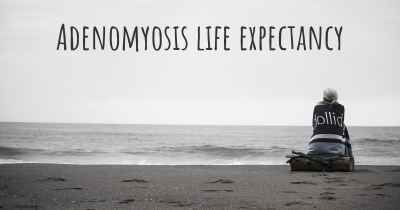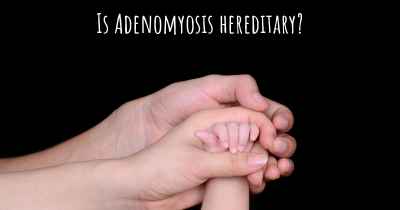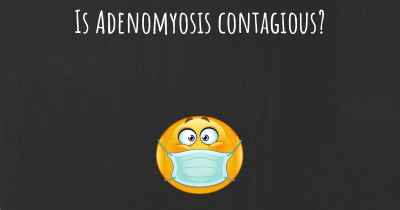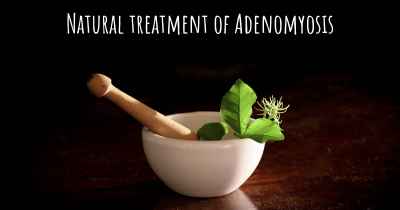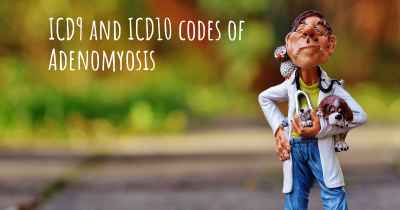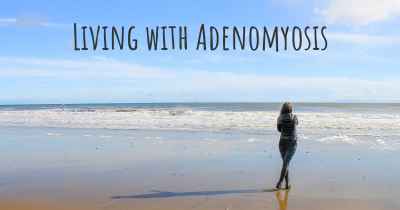What is the history of Adenomyosis?
When was Adenomyosis discovered? What is the story of this discovery? Was it coincidence or not?
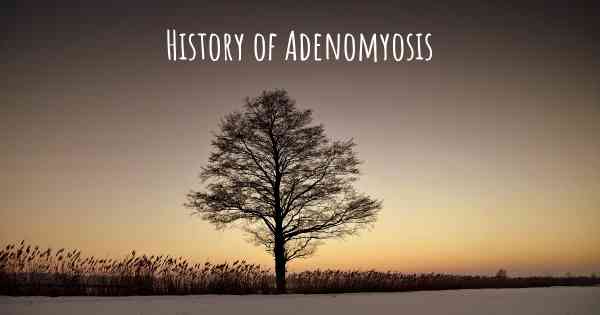
Adenomyosis is a medical condition that affects the uterus, specifically the endometrium (the inner lining of the uterus). It is characterized by the presence of endometrial tissue within the muscular wall of the uterus, which can cause various symptoms and complications.
The history of adenomyosis dates back to the late 19th century when it was first described by German gynecologist Carl Rokitansky in 1860. He observed the presence of abnormal tissue growth within the uterine wall during autopsies and named the condition "adenomyoma."
Over the years, further research and understanding of adenomyosis have been developed. In the early 20th century, American gynecologist Thomas Cullen made significant contributions to the field. He coined the term "adenomyosis" in 1919 and provided detailed descriptions of the condition's symptoms and characteristics.
Throughout the 20th century, advancements in medical imaging techniques, such as ultrasound and magnetic resonance imaging (MRI), allowed for better diagnosis and understanding of adenomyosis. These imaging technologies enabled doctors to visualize the abnormal tissue growth within the uterine wall, leading to improved detection and treatment.
Despite these advancements, adenomyosis remained a relatively understudied condition for many years. It was often misdiagnosed or overlooked due to its similarities with other gynecological disorders, such as uterine fibroids or endometriosis. However, in recent decades, there has been a growing interest in adenomyosis, leading to increased research and awareness.
Today, the exact cause of adenomyosis is still not fully understood. However, several theories have been proposed, including hormonal imbalances, genetic factors, and inflammation. Hormonal factors, particularly estrogen, are believed to play a significant role in the development and progression of adenomyosis.
Adenomyosis primarily affects women of reproductive age, typically between their 30s and 50s. It can cause a range of symptoms, including heavy or prolonged menstrual bleeding, severe menstrual cramps, pelvic pain, and infertility. The severity of symptoms can vary among individuals, with some experiencing mild discomfort while others face significant challenges in their daily lives.
Treatment options for adenomyosis depend on various factors, including the severity of symptoms, the desire for future fertility, and the individual's overall health. Conservative approaches may include pain management medications, hormonal therapies, or intrauterine devices (IUDs) to help alleviate symptoms. In more severe cases or when fertility is not a concern, surgical interventions such as hysterectomy or removal of the adenomyotic lesions may be considered.
In conclusion, adenomyosis has a long history of recognition and study, with significant advancements made in understanding and diagnosing the condition. While the exact cause remains unclear, ongoing research continues to shed light on this complex disorder, leading to improved treatment options and support for individuals affected by adenomyosis.
Posted Sep 10, 2017 by Marissa 2010
